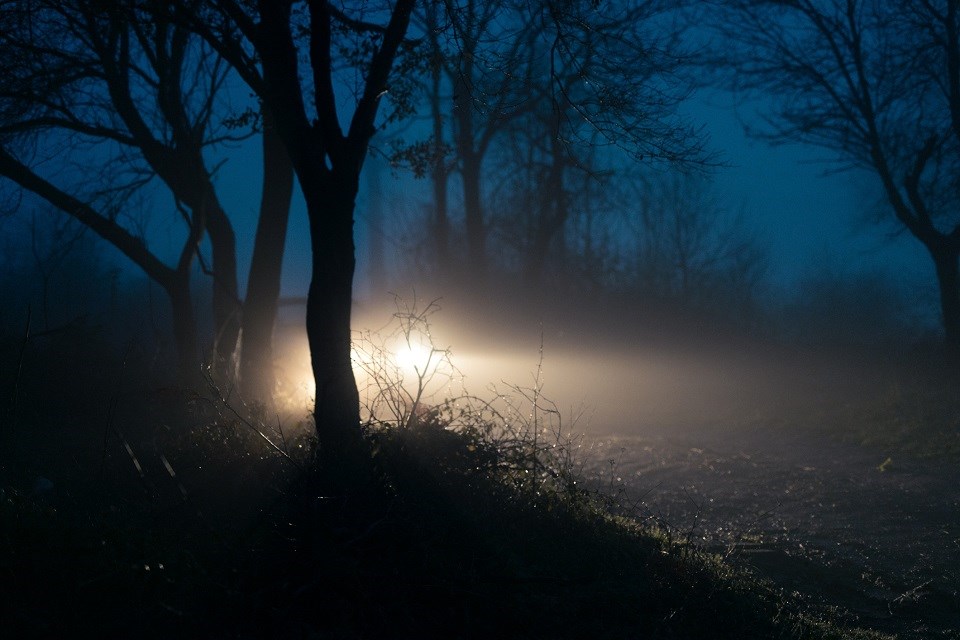The Editor:
Re: After recent crashes, Burnaby RCMP issue urgent plea for safe driving (Dec. 23, 2024)
Recent incidents in Burnaby of pedestrians being hit by cars leave me dismayed. Both happened in darkness and I wonder about the cause.
I assume the drivers did not see these pedestrians. While any of a number of factors could have been at play, there are a couple that need attention and needlessly result in drivers not seeing pedestrians.
The first of course is pedestrians wearing reflective clothing.
The second is the main thing I'm writing about: the bright lights of oncoming cars.
As a driver, I notice that headlights have become dazzlingly bright in the last few years. It's not that they just hurt my eyes; it's that there is now a huge contrast between those lights and the roadway before me, and whatever may be on the roadway.
I find it hard to see things like the edges of concrete medians, especially when it's also raining out. Most of these are not marked with white lines or paint. Worse, I cannot see pedestrians coming out from behind those cars with bright lights, or at least there is a delay in seeing them. This problem is somewhat alleviated when crosswalks are well lit, however jaywalkers have no such advantage.
I have no problem with cars running the old halogen headlights, and perhaps surprisingly, those who run HID [high-intensity discharge], which were common on higher-end vehicles since the early 2000’s.
The problem is the newer LED lights.
These lights are extremely bright, across most auto makers. These headlights typically have a sharp cutoff, but that is no help on streets that go up and down, as they do in Burnaby. They will be in my eyes for a full one or two blocks as the road rises, as if the oncoming cars have their high beams on.
Drivers often seem to have their high beams on. I’m not sure why. Do they think they won’t be seen if they were to dip their lights?
Then, there are also these who retrofit LED bulbs into headlight housings designed for halogen bulbs. The result is usually and obviously an uncontrolled spray of high intensity light in all directions.
Tesla deserves specific mention; two out of every three of their cars burn my retinas — why is that?
My observation is that they have the brightest lights and a lot of spread to the sides — directly into the eyes of oncoming drivers.
Now, one out of three Teslas are fine; means that the other two bad actors could also be fine. Can drivers make sure they have selected low beam? Do the lights need professional adjustment?
The old rule about low beams not exceeding 55 watts of electrical power is now completely irrelevant. Our regulators (Transport Canada) need to have a serious look at this problem; 55 watt LED lights will have five times the brightness of halogens.
A quick web search will confirm that LED replacement headlight bulbs can produce 3,500 to 4,000 lumens, which is more than halogen bulbs that typically produce 900 to 1,800 lumens. Let’s say double. That jives with my personal observation.
Has Transport Canada considered the blinding effect of LED headlights, and the danger mounted to pedestrians?
If drivers reading letter this care, I urge you to at least make sure your headlights are professionally adjusted with the prescribed downward angle, and that you run on low beams only in the city.
It may make a life-or-death difference to the pedestrian crossing behind you.
- Nick Vanderkwaak, Burnaby



